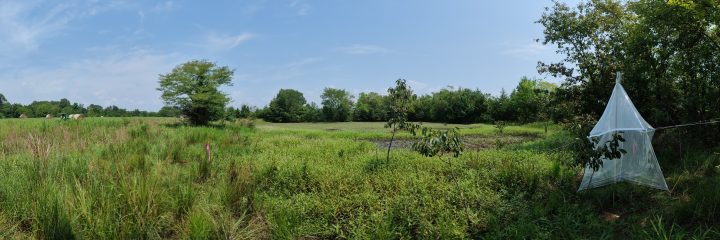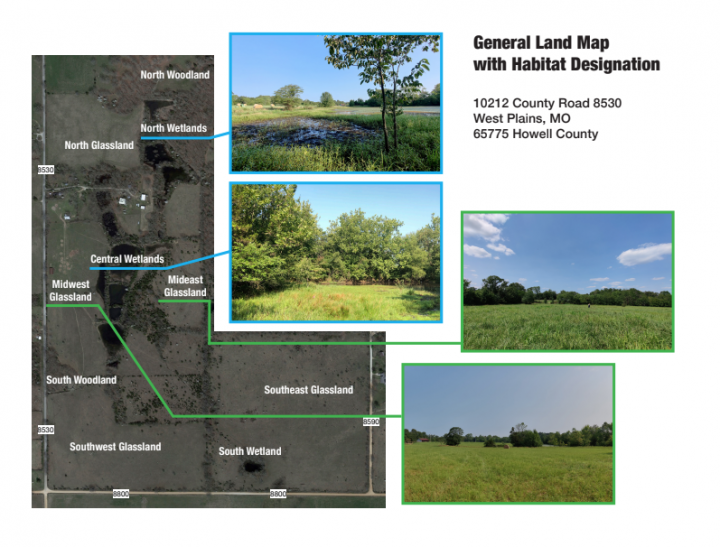I respectfully acknowledge that this project is on the ancestral lands of the Osage Nation. I do this to honor the Osage people who were on this land before us and to support knowledge building and Osage land access that respects their past, present, and future. To learn more visit the Osage Nation headquarters on their reservation in Pawhuska, Oklahoma; visit the Osage Historic Preservation webpage; and support their ancestral Sugarloaf Mound in south St. Louis, by specifying Sugarloaf Mound support when donating to the Osage Foundation.
Farm Unfixed’s mission is to restore 140-acres of native grassland, riparian and woodland habitat degraded by cattle grazing. Since 202o, I have shifted my artistic practice from art/science exhibitions to working as an activist, grassroots organizer, and restoration scientist connecting people to land. Farm Unfixed, an Ozark science education center, is central to this work.
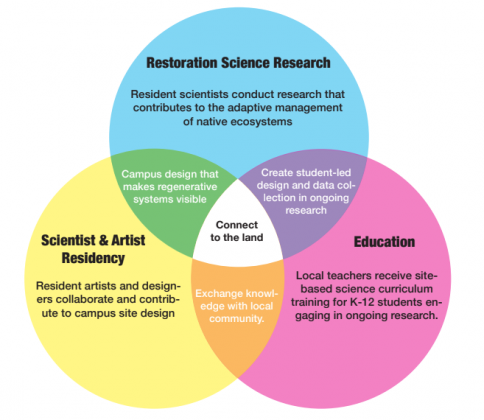
The center’s mission is three-fold to provide: 1) research opportunities for visiting restoration ecologists, 2) residencies for regenerative system designers, and 3) environmental science internships with local high-school students.
Farm Unfixed’s strategic plan includes creating a scientific field station, residency accommodations, and an outdoor classroom.
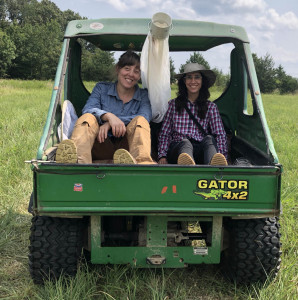
Collaborations with the plants, animals and the humans who visit is part of growing Farm Unfixed. Entomologist Merav Shemesh (right) conducted a pilot insect surveys in 2021 and 2022 and Chicago-based designer Jamie Topper (left) joined us to rebuild the residency cabin porch using the site’s barn wood and to iterate native bamboo designs from 2020-2022.
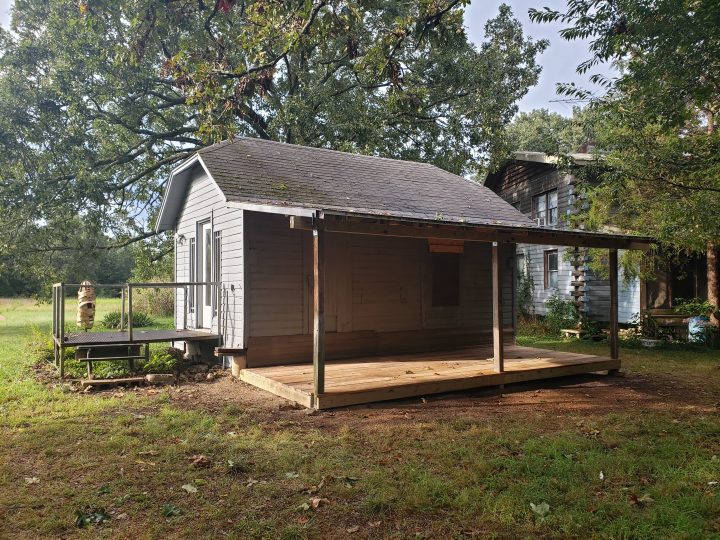
Visiting scientist and land practitioners cabin.
